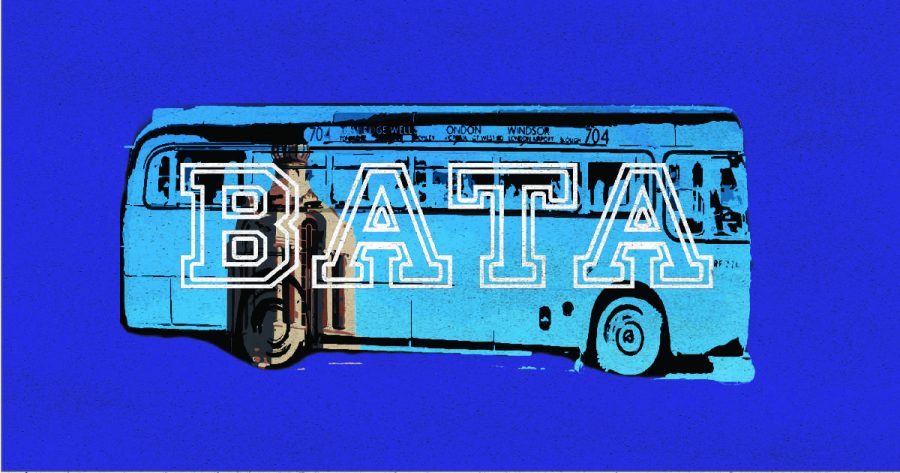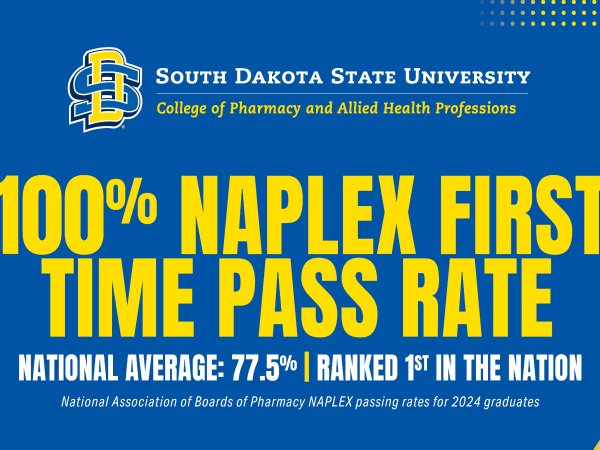Despite continuing expansion of BATA Bus over the years, the Brookings Area Transit Authority is still relatively unused by the student population at South Dakota State University.
Director of BATA Bus Brenda Schweitzer perceives many reasons as to why, including the “evolving” nature of transit in South Dakota, as well as a lack of funding to make BATA Bus more accessible to students.
Schweitzer said BATA Bus’ focus has been to meet the needs of the people in the Brookings community, including students. This prompted them to change their hours, expanding their services and being in “full force” when they are needed.
Up until 15 years ago, public transit across South Dakota was based on the needs of the elderly and disabled. Now, though there is an increased need for public transportation for students and the people of Brookings, and though highly utilized by the SDSU international community, BATA is still perceived as a limited service.
Pre-nursing sophomore Melissa Decook said she doesn’t use BATA simply because she’s on the rodeo team and never in town over the weekends to use it for off-campus outings. But Decook said she only knew about BATA Bus because of her friend who is a driver. Many students don’t know what BATA is, or what services it offers.
“Like anything, you don’t really delve into knowing more about public transit until you need it, that’s kind of the nature of the beast,” Schweitzer said.
BATA Bus runs from 5 a.m. to 11 p.m. Monday through Friday and offers direct pick up service, according to the BATA Bus website. Prices for direct pick up with advance notice cost $2, but they do offer same day pick-up for $4. Students can also purchase ride tokens from BATA’s office, as well as other places around Brookings and the surrounding area.
As the Brookings population increases, Schweitzer hopes BATA Bus will be able to offer more services accessible to students, including a route system through SDSU campus. BATA would run a “circulated route,” such as public transport does in larger cities, with consistent stops and drop-off points.
But without enough financial support from Brookings or SDSU, the plans are dead in the water.
“The students drive the decisions, the students get on board, then it’s such a slow moving situation and — boom — they’re out of school,” Schweitzer said. “It’s truly in flux with the course of students aging in and out of the system.”
Though not all students have taken advantage of BATA, the Safe Ride program for students who need a sober ride home has been much more successful.
“They understand a safe ride home, where that comes into play, so that’s easier to understand and apply to their lives,” Schweitzer said.



















